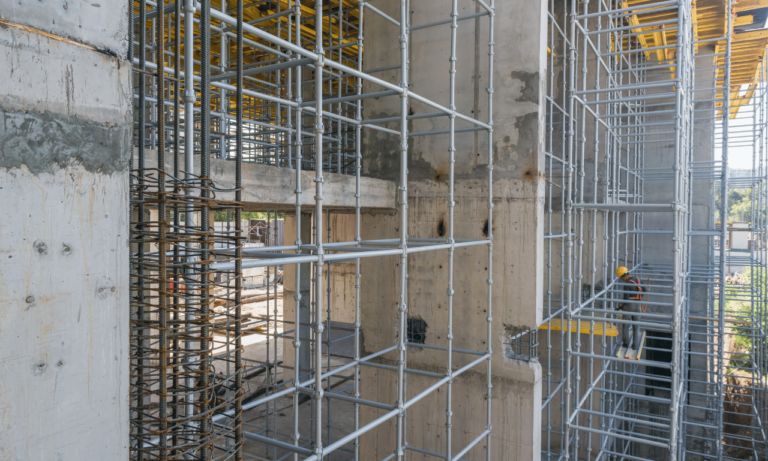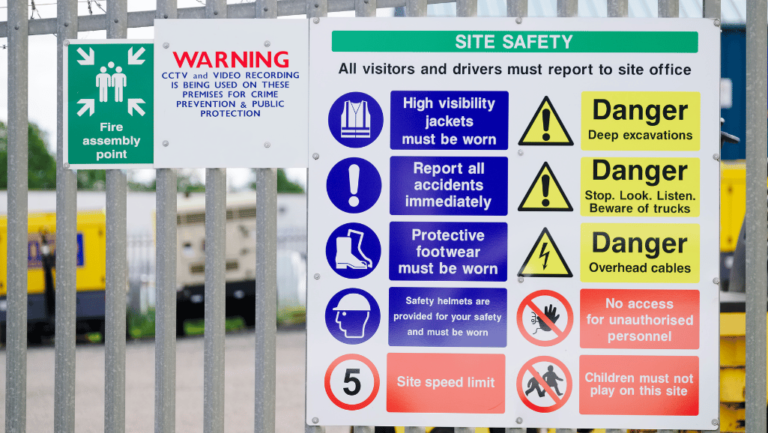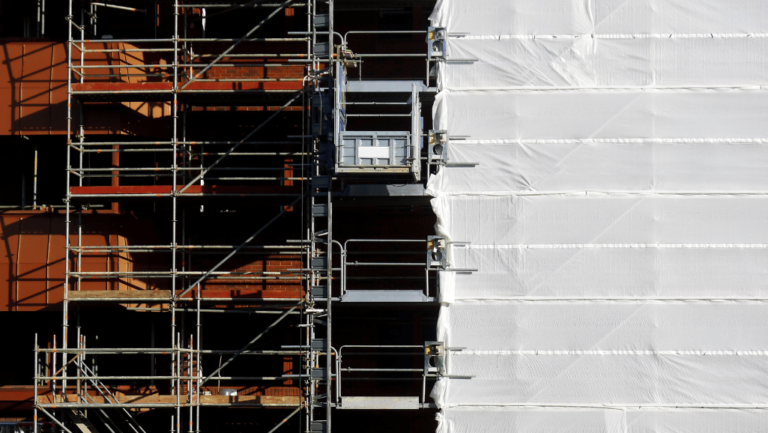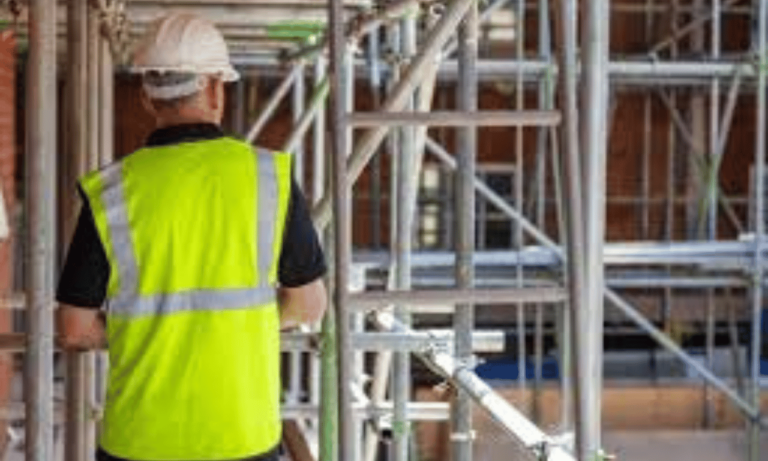Phone:
(+65)8319-0742
When it comes to constructing safe and sturdy scaffolding structures, the expertise of qualified scaffold designers is paramount. These professionals are well-versed in scaffold design guidelines, best practices, and safety regulations, ensuring compliance with industry standards.
By hiring a professional scaffold designer, companies can benefit from their specialized knowledge and experience in creating scaffolds that meet safety requirements. Let’s delve deeper into the importance of qualified scaffold designers and how they contribute to a secure construction environment.
Key Takeaways:
- Qualified scaffold designers play a crucial role in ensuring the safety and compliance of scaffolding structures.
- Their expertise in scaffold design guidelines and best practices minimizes the risk of accidents and injuries on construction sites.
- Hiring a professional scaffold designer guarantees adherence to safety regulations, including OSHA guidelines.
- Thorough planning, proper installation techniques, and regular inspections are among the best practices followed by qualified scaffold designers.
- By prioritizing the involvement of qualified professionals, companies can create a secure working environment for their employees.
Understanding Scaffold Design Guidelines
When it comes to scaffold design, following the established guidelines is of utmost importance. Qualified scaffold designers have a deep understanding of these guidelines and ensure that every aspect of the design process aligns with industry standards. Let’s delve into the key scaffold design guidelines that professionals must adhere to in order to ensure the structural integrity and safety of scaffolds.
Load Capacities
The load capacity of a scaffold refers to the maximum weight it can bear without compromising its stability. Scaffold designers carefully evaluate factors such as the intended use, equipment, materials, and personnel that will be present on the scaffold. By accurately calculating the load capacities, designers can determine the type and width of the scaffold components needed to support the anticipated weight.
Materials Used
The choice of materials used in scaffold design plays a significant role in its durability and safety. Scaffold designers must consider factors such as the environment, project requirements, and budget constraints when selecting materials. They ensure that the materials used are of high quality, resistant to corrosion and degradation, and capable of withstanding the anticipated load and stress.
Stability Requirements
The stability of a scaffold is crucial for the safety of workers and the overall structure. Scaffold designers carefully analyze the site conditions, including the terrain, wind loads, and other environmental factors, to determine the appropriate stability requirements. By integrating features such as bracing, diagonal ties, and base plates, they ensure that the scaffold remains stable even under external forces.
Understanding these scaffold design guidelines is essential for scaffold designers to create structures that are safe, durable, and compliant with industry standards. By considering load capacities, materials used, and stability requirements, qualified scaffold designers can develop designs that mitigate risks and provide a secure working environment for construction personnel.
| Design Guideline | Description |
|---|---|
| Load Capacities | Calculate the maximum weight the scaffold can bear without compromising its stability |
| Materials Used | Select high-quality materials that can withstand the anticipated load and stress |
| Stability Requirements | Integrate features to ensure the scaffold remains stable under external forces |
Best Practices for Scaffold Design
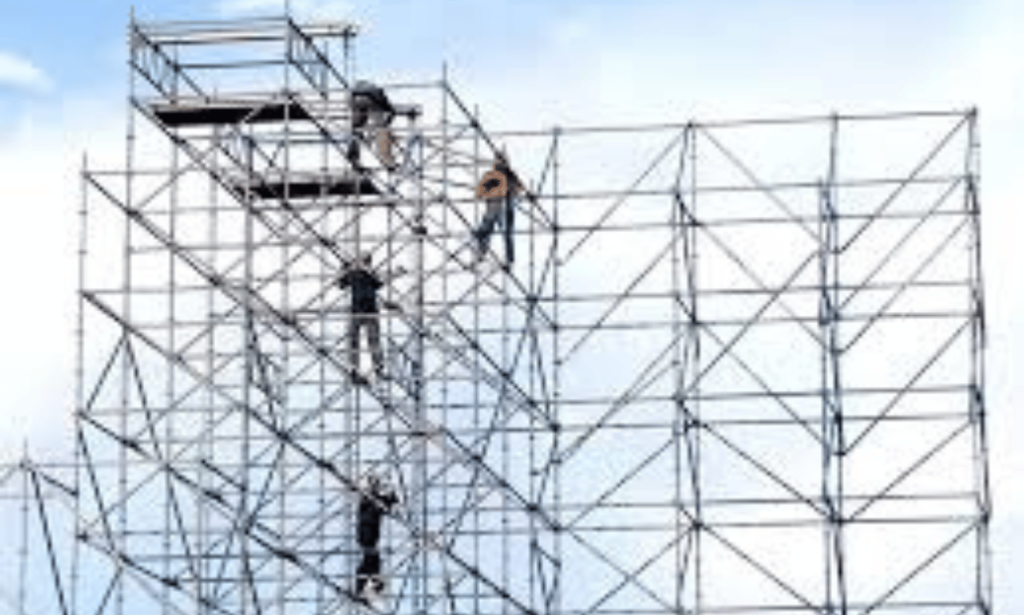
When it comes to scaffold design, following best practices is imperative to ensure the safety and integrity of the structures. Qualified scaffold designers play a crucial role in implementing these practices and creating scaffolds that meet industry standards.
Thorough Planning
Thorough planning is the foundation of a successful scaffold design. Qualified designers carefully assess the project requirements, including load capacities, working heights, and access needs. By considering these factors in the planning phase, they can create scaffolds that are both practical and safe.
Proper Installation Techniques
Proper installation techniques are vital to guarantee the stability and durability of scaffolds. Qualified scaffold designers possess the knowledge and expertise to select the appropriate materials, fasteners, and connections for the specific project. They ensure that the scaffold components are securely installed and can withstand the required load.
Regular Inspections
Regular inspections are critical for maintaining the safety of scaffolds throughout their lifespan. Qualified designers emphasize the importance of conducting routine inspections to identify any signs of wear, damage, or instability. By addressing these issues promptly, they can prevent accidents and ensure a secure working environment.
By adhering to these best practices for scaffold design, qualified scaffold designers contribute to the overall safety and compliance of construction sites. Their expertise and attention to detail help create structures that meet industry standards and protect workers throughout the project.
Investing in the services of qualified scaffold designers leads to cost savings, as potential risks and hazards are mitigated through careful planning, proper installation, and regular inspections. With their knowledge of scaffold design guidelines and commitment to industry best practices, these experts ensure that scaffolding structures are safe, secure, and in compliance with regulatory requirements.
Compliance with Scaffold Safety Regulations
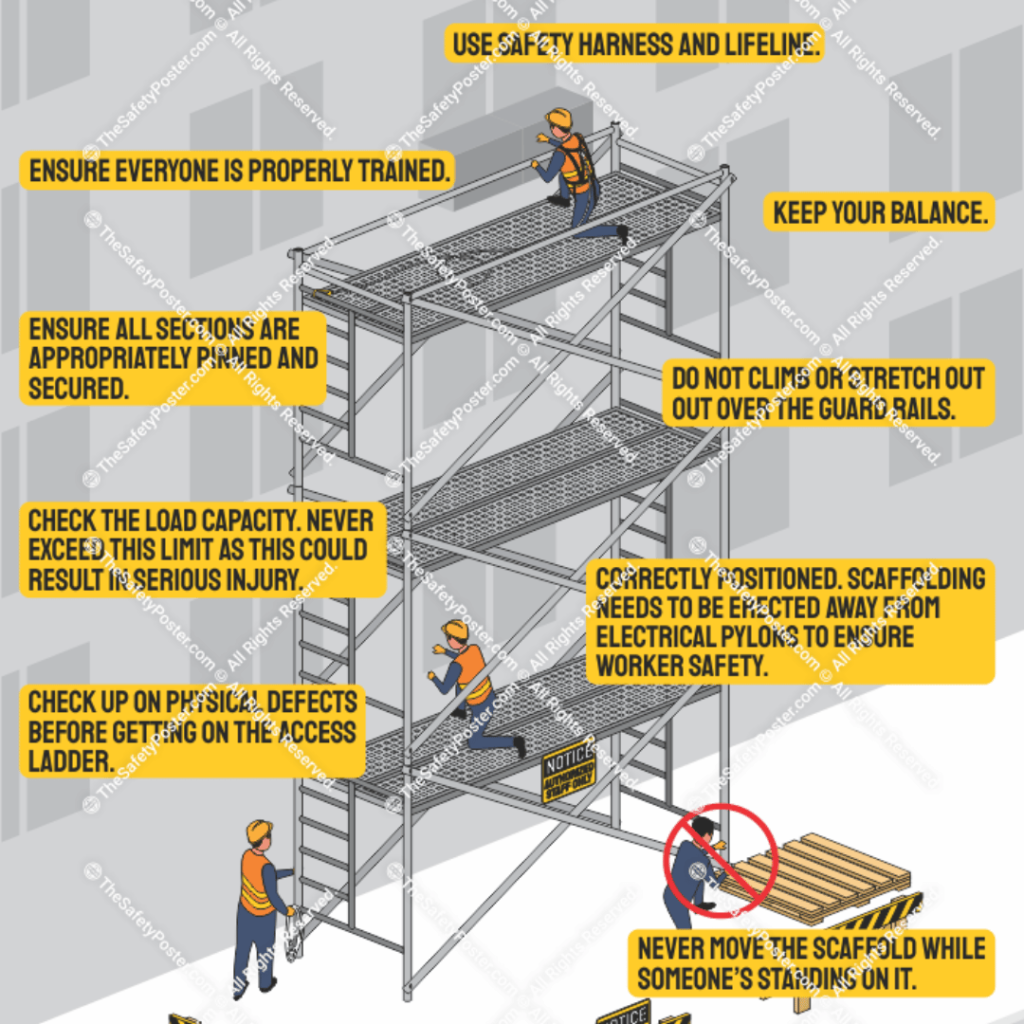
Complying with scaffold safety regulations is of utmost importance to ensure the well-being of workers on construction sites. Scaffold designers must be well-informed about the specific regulations and standards that govern their work, including those set forth by OSHA (Occupational Safety and Health Administration).
OSHA guidelines lay out the requirements and best practices for scaffold design, installation, and maintenance. These regulations cover various critical aspects, such as platform load capacities, scaffold stability, fall protection, and proper access. Adhering to these guidelines is essential for creating safe working environments and preventing accidents.
The Role of Qualified Scaffold Designers
The importance of partnering with qualified scaffold designers cannot be overstated. These professionals have the expertise and knowledge to understand the intricate details of scaffold safety regulations and apply them effectively in their designs.
Qualified scaffold designers stay updated with the latest industry standards, ensuring that their designs comply with all relevant regulations. By engaging these professionals, companies demonstrate their commitment to providing a safe work environment for their employees.
In addition, qualified scaffold designers have a thorough understanding of the structural and engineering principles involved in scaffold design. They can carefully evaluate factors such as load capacities, load distribution, and wind forces to guarantee the stability and integrity of the scaffold structure.
Working with qualified scaffold designers brings several benefits, including:
- Compliance with safety regulations and standards
- Structurally sound scaffold designs
- Reduction in the risk of accidents and injuries
- Increased worker productivity and confidence
- Improved efficiency in scaffold installation and dismantling
By prioritizing the involvement of qualified scaffold designers, companies can rest assured that their scaffolds meet the necessary safety requirements and provide a secure working environment for their personnel.
Key Scaffold Safety Regulations
| Regulation | Description |
|---|---|
| OSHA Subpart L – Scaffolding | Regulations specifying requirements for scaffold design, construction, use, and maintenance. |
| OSHA 1926.451 – General Requirements | General OSHA requirements for scaffolding, including platform construction, guardrails, and fall protection. |
| ANSI/ASSE A10.8-2019 – Scaffolding Safety Requirements | American National Standards Institute (ANSI) standard outlining specific safety requirements for scaffolding. |
| CSA Z797-17 – Code of Practice for Access Scaffold | Standards published by the Canadian Standards Association (CSA) for access scaffolding in Canada. |
Being aware of and adhering to these scaffold safety regulations is crucial for the successful planning, design, and implementation of scaffolding systems.
Conclusion
In conclusion, hiring a professional scaffold designer is paramount when it comes to ensuring compliance with safety standards and adopting best practices in scaffold design. These qualified experts possess a deep understanding of the scaffold design guidelines and are well-versed in the latest safety regulations. By engaging their services, companies can create robust and reliable scaffolding structures while prioritizing the well-being of their workers.
Qualified scaffold designers bring a wealth of knowledge and expertise to the table. They meticulously consider factors such as load capacities, material selection, and stability requirements during the design process. This attention to detail guarantees that the scaffolds they create are safe, secure, and fully aligned with industry standards.
Additionally, by working with professional scaffold designers, companies can effectively mitigate risks and address potential hazards. With their comprehensive understanding of best practices, these experts emphasize thorough planning, proper installation techniques, and regular inspections. This proactive approach assures that the scaffolding systems remain reliable throughout the entire construction process, protecting both workers and the project’s overall success.
FAQ
Who should design a scaffold?
A scaffold should be designed by a qualified professional who has expertise in scaffold design and is knowledgeable about the guidelines, regulations, and best practices in the industry. Hiring a qualified scaffold designer is crucial to ensuring the safety and structural integrity of the scaffold.
What are some scaffold design guidelines?
Scaffold design guidelines include considering factors such as load capacities, materials used, and stability requirements. Designers must also take into account the specific needs of the project, including height and accessibility. Adhering to these guidelines is essential for creating a safe and reliable scaffold.
What are the best practices for scaffold design?
Best practices for scaffold design include thorough planning, proper installation techniques, and regular inspections. Designers should consider the unique requirements of each project and ensure that scaffolds are erected and maintained in accordance with industry standards. Following these best practices helps prevent accidents and ensures the safety of workers.
Why is compliance with scaffold safety regulations important?
Compliance with scaffold safety regulations, such as those set by OSHA (Occupational Safety and Health Administration), is crucial to protect the health and well-being of workers. Designers must be aware of these regulations and ensure that scaffolds meet the necessary safety requirements. Non-compliance can lead to accidents, injuries, and legal consequences.
Why should I hire a professional scaffold designer?
Hiring a professional scaffold designer is essential because they have the necessary expertise and knowledge to ensure the safety and compliance of scaffolds. Their understanding of scaffold design guidelines, familiarity with safety regulations, and adherence to best practices contribute to creating secure and reliable structures. By hiring a professional, you can minimize risks, protect your workers, and avoid potential liabilities.







